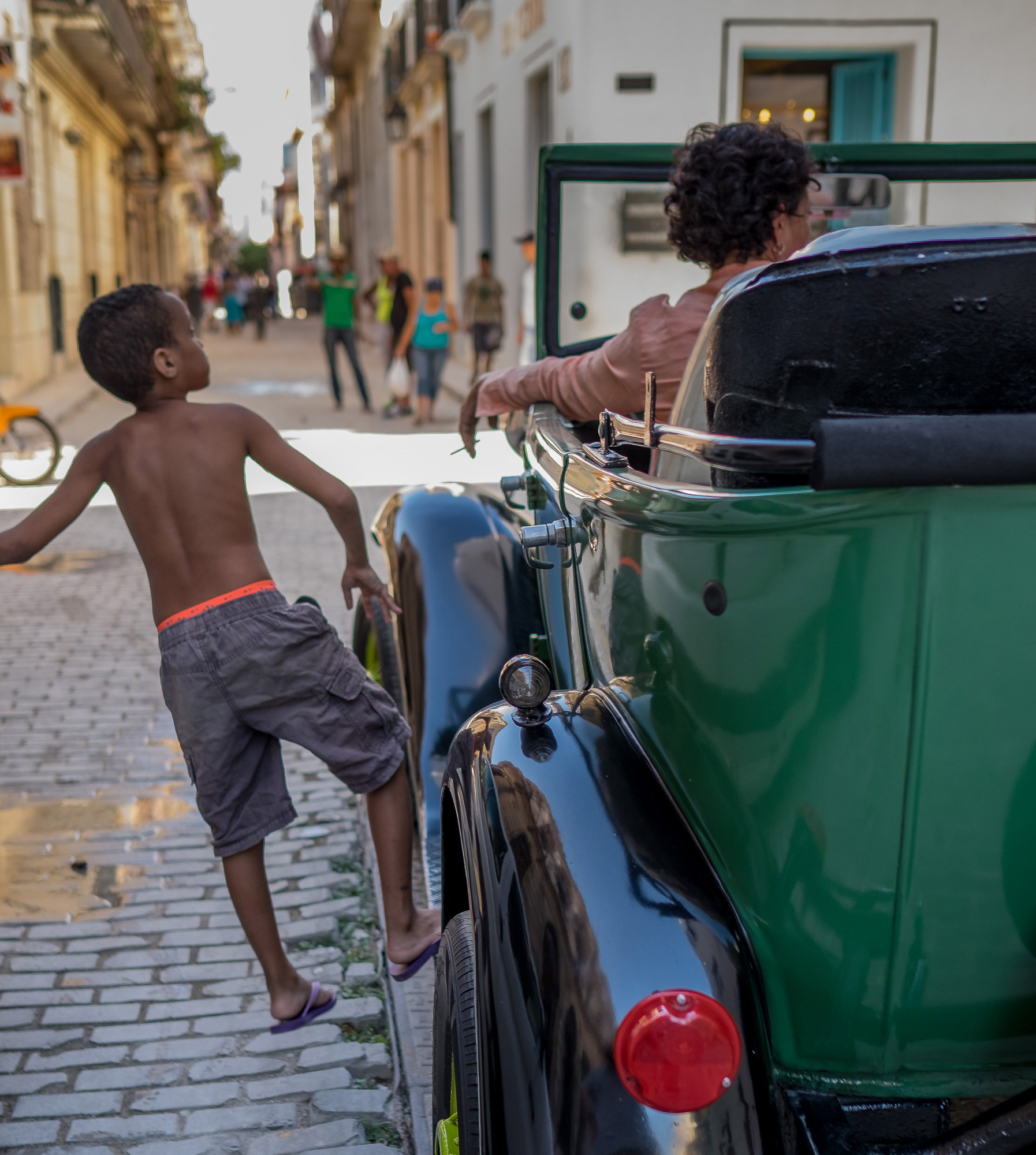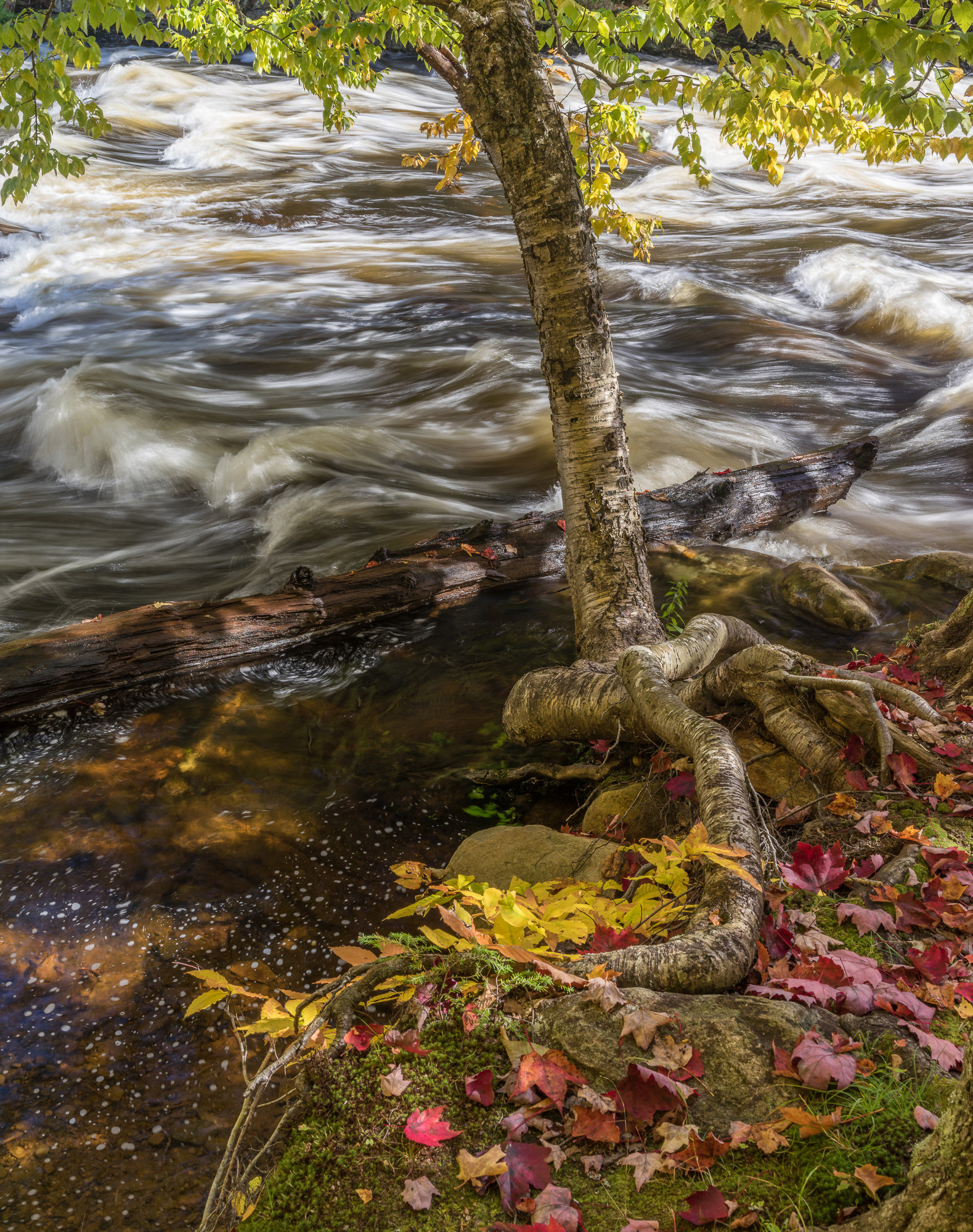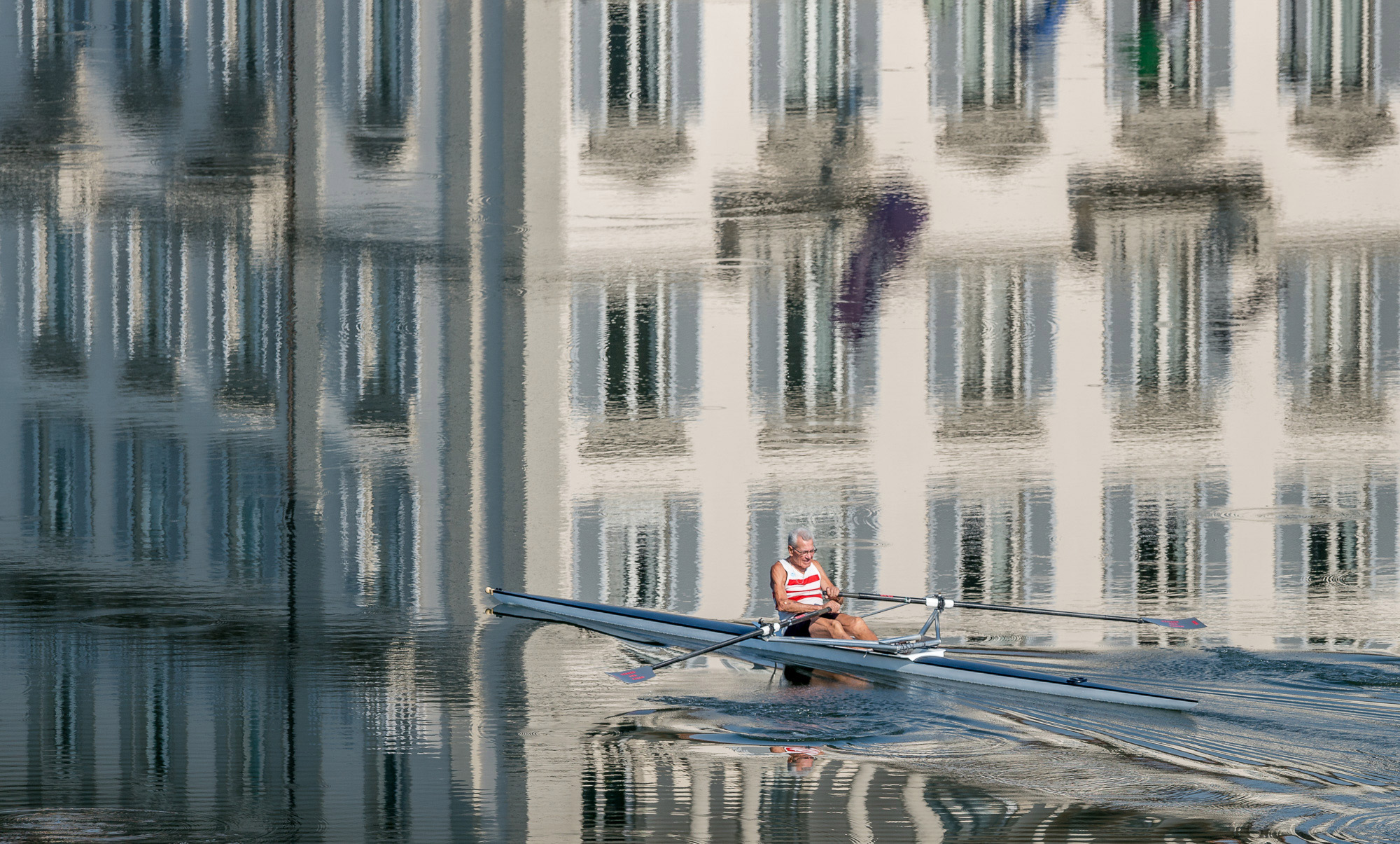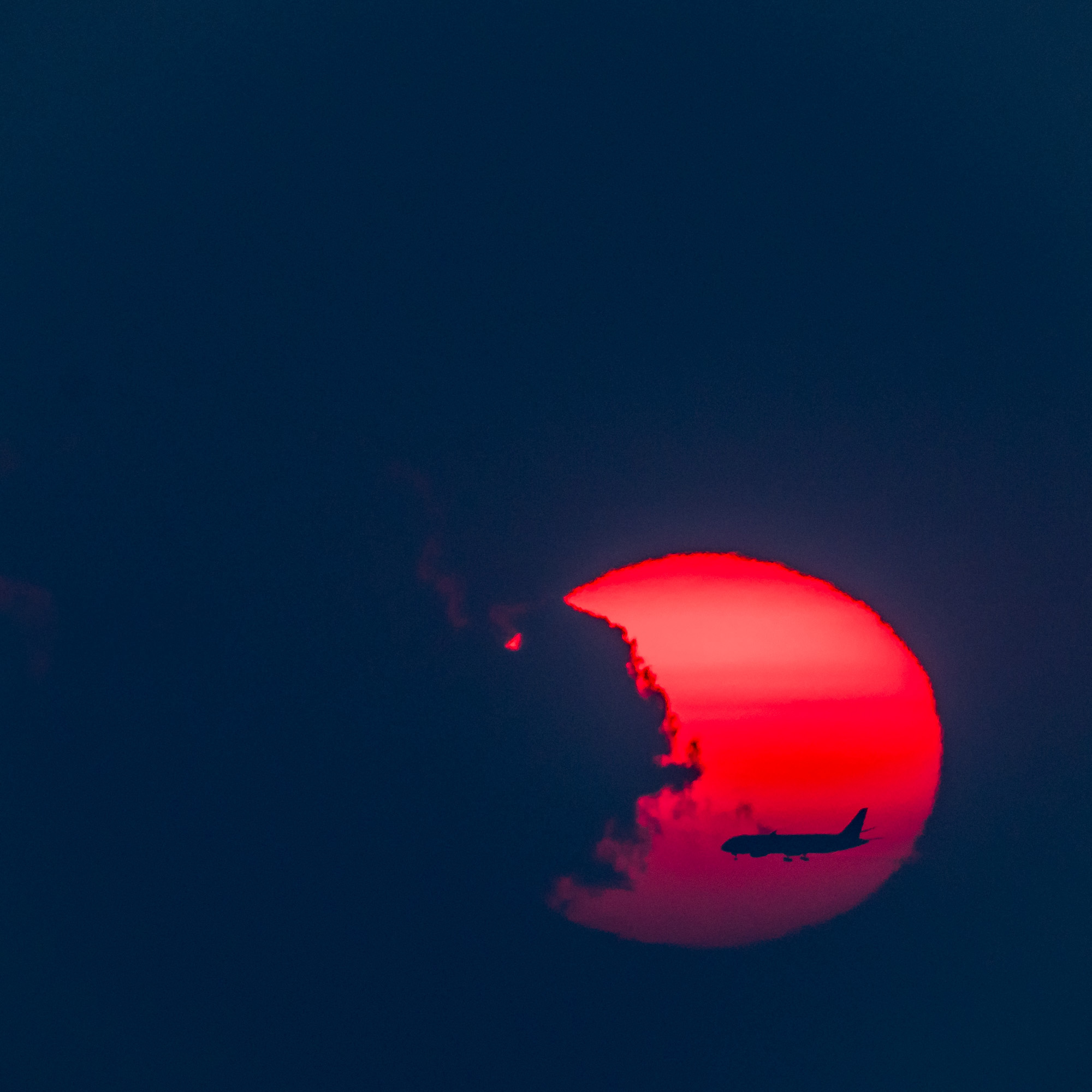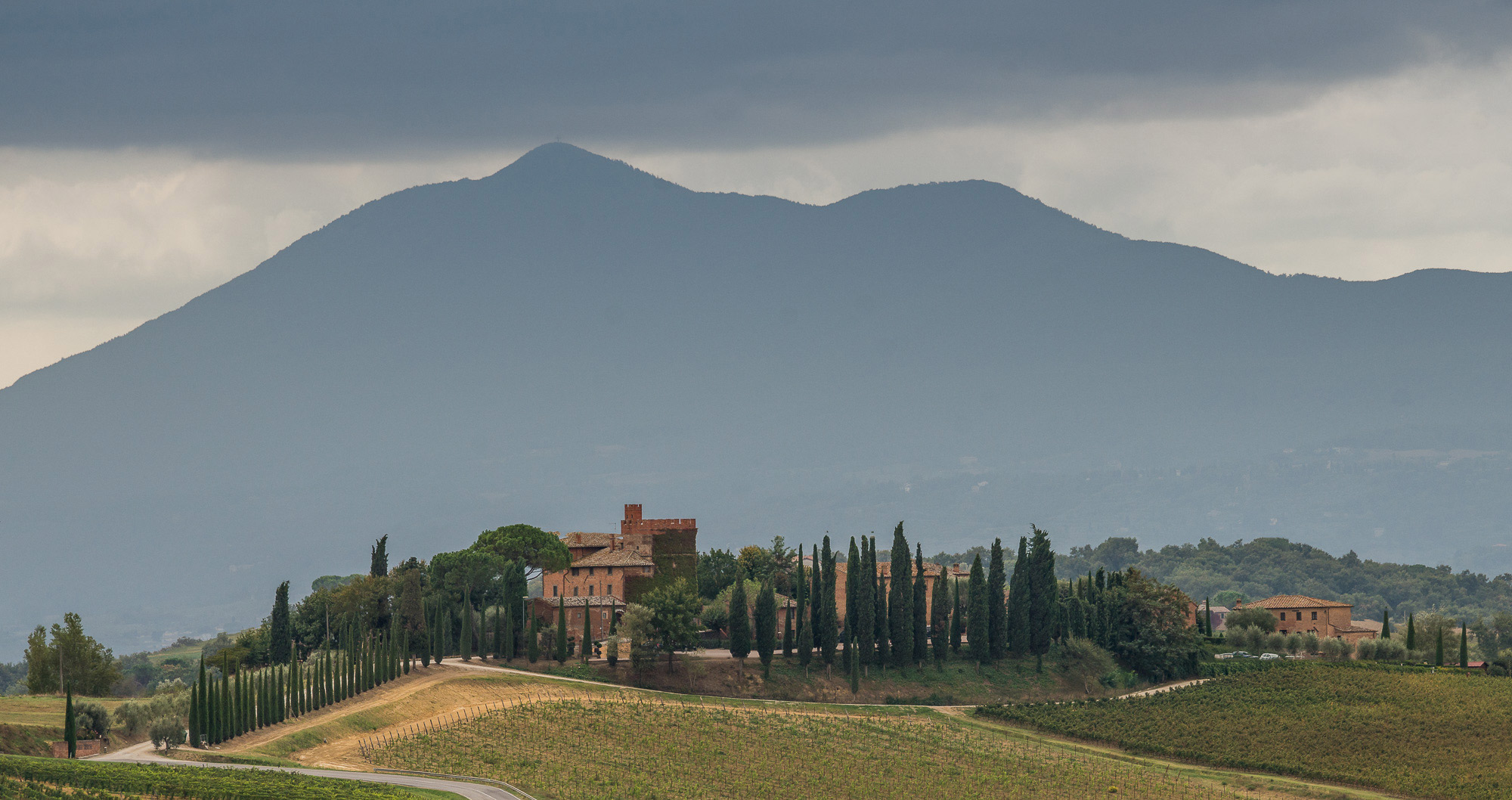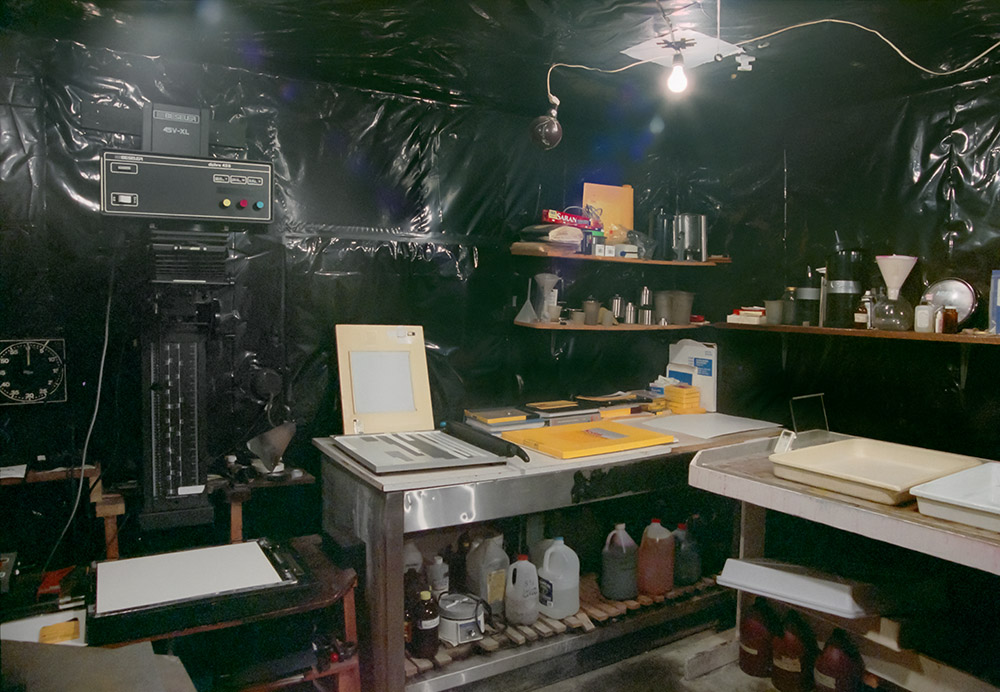

the last 30 years of that career. An impressive, high-tech,
state-of-the-art facility to be sure, doncha think?
Ctein is a friend to The Luminous Landscape, and the subject of various interviews and tutorials on the site. He is selling his astounding archive of work.
This site and its founder has long supported Ctein’s work, and so it only fits that we bring you the details of the sale.
Below are the official press release and links to the sale. I’ve also included examples and descriptions by the artist himself of some of the work. I will be re-posting the dye transfer process interview which Michael Reichmann conducted with Ctein in a seperate and upcoming post!
San Francisco area photographer and master printmaker Ctein is offering his entire lifetime archive of rare traditional dye transfer prints for sale. The sale will take place on The Online Photographer website (https://theonlinephotographer.typepad.com/) starting at noon Pacific Standard Time on November 29th, the Friday after Thanksgiving, and continue for seven days only.
Ctein (his only name — pronounced “kuh-TINE”) is selling full-sized 16×20-inch dye transfers for only $650 per print on a first-come, first-served basis. More than 250 images will be offered. Interested readers can view these in advance at http://ctein.com/
Ctein, among the best-known and most accomplished of the dye transfer printers, worked in the medium for 40 years until he closed his darkroom in 2013. Now, connoisseurs can own a beautiful, genuine dye transfer print for their own collections.
Dye transfer, widely acknowledged to be the Rolls-Royce of traditional color printing methods back in the era of film photography, was extremely difficult to master and expensive and time-consuming to practice. Dye transfer prints have a distinctive beauty and purity of color. They have a greater color gamut and deeper maximum black than even inkjet prints, and were among the most permanent of all color processes.
Such prints were always rare and always expensive, and master printers in the medium have always been few and far between. By 1994, when Kodak finally discontinued making the materials, most of the active dye transfer printers in the US could fit in a single living room. Now a scant handful are left.
For more information, please contact Ctein at [email protected] or Mike Johnston of The Online Photographer at [email protected].
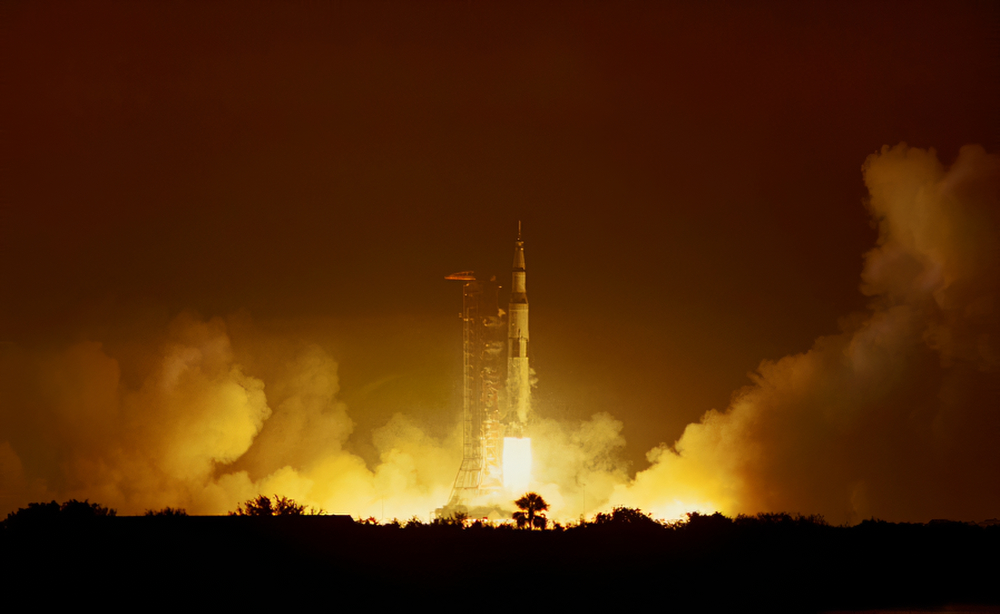

not counting a year’s worth of learning curve and test prints and all
of that. This is the first one I tackled when I decided I was ready
to start making real prints for my portfolio. I picked it because of
the extreme brightness range – something dye transfer is very good at
conveying – and because of all the subtle variations in the hues of
yellow fading into orange and tan. A conventional darkroom print
completely suppressed those, the print looked monochrome.
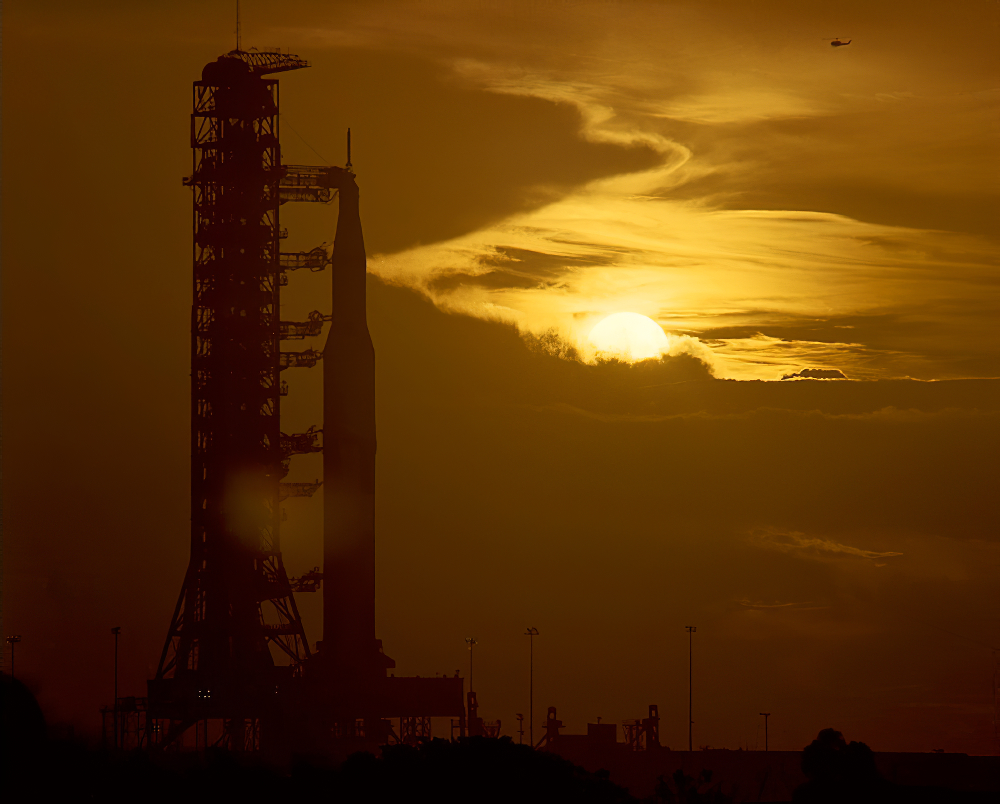

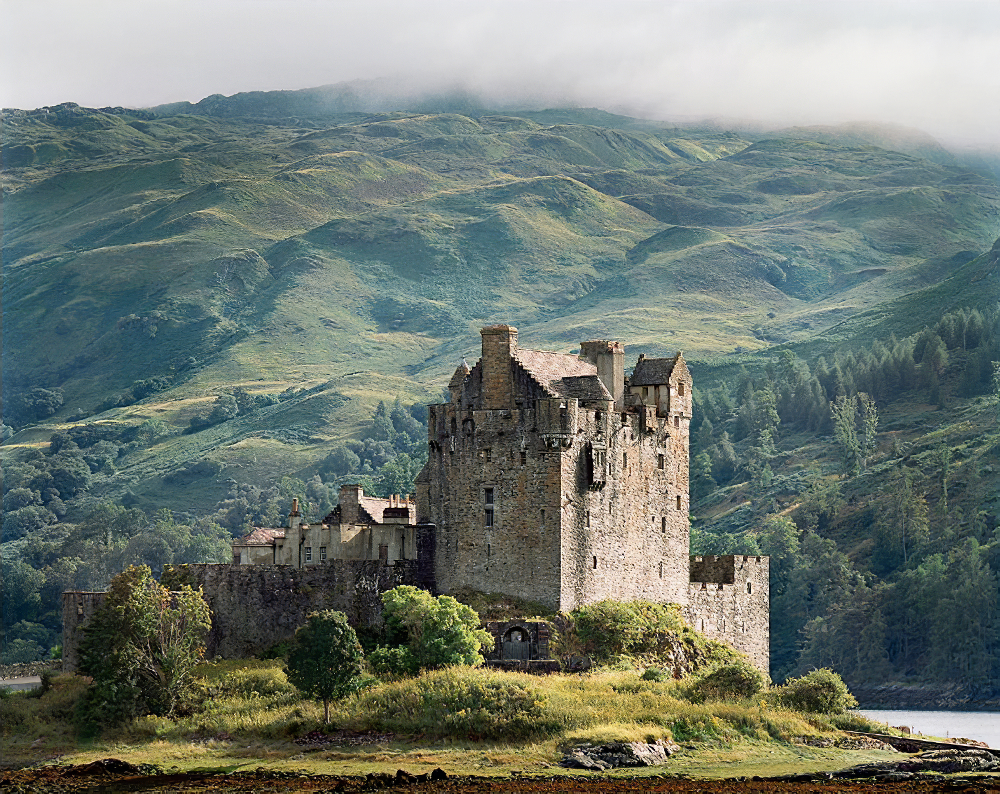

photographs. Dye transfer is really good at conveying subtleties like
this soft lighting.
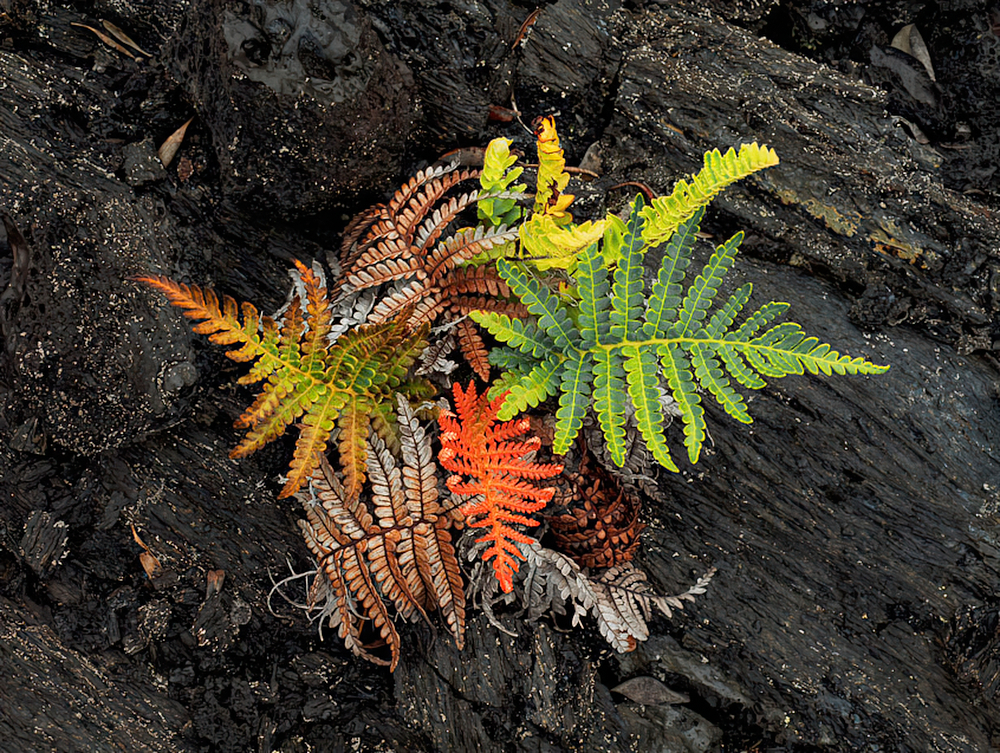

loses as a conventional print, which can’t take advantage of dye
transfer’s strengths: being able to produce really rich blacks along
with vividly accurate reds, yellows and greens.
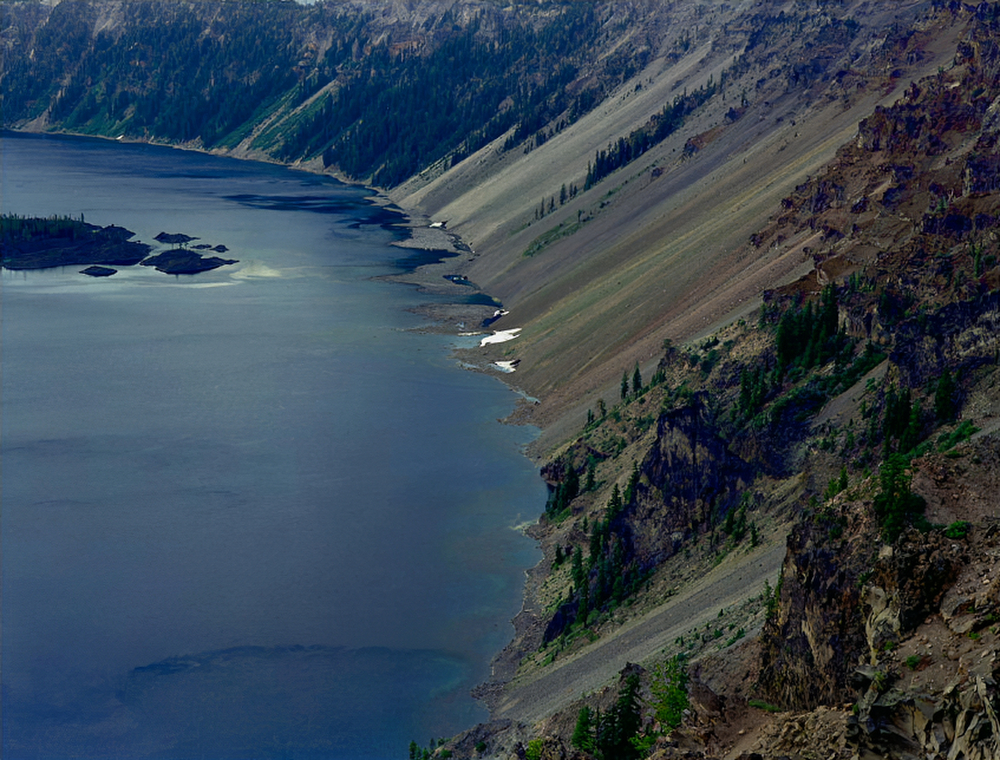

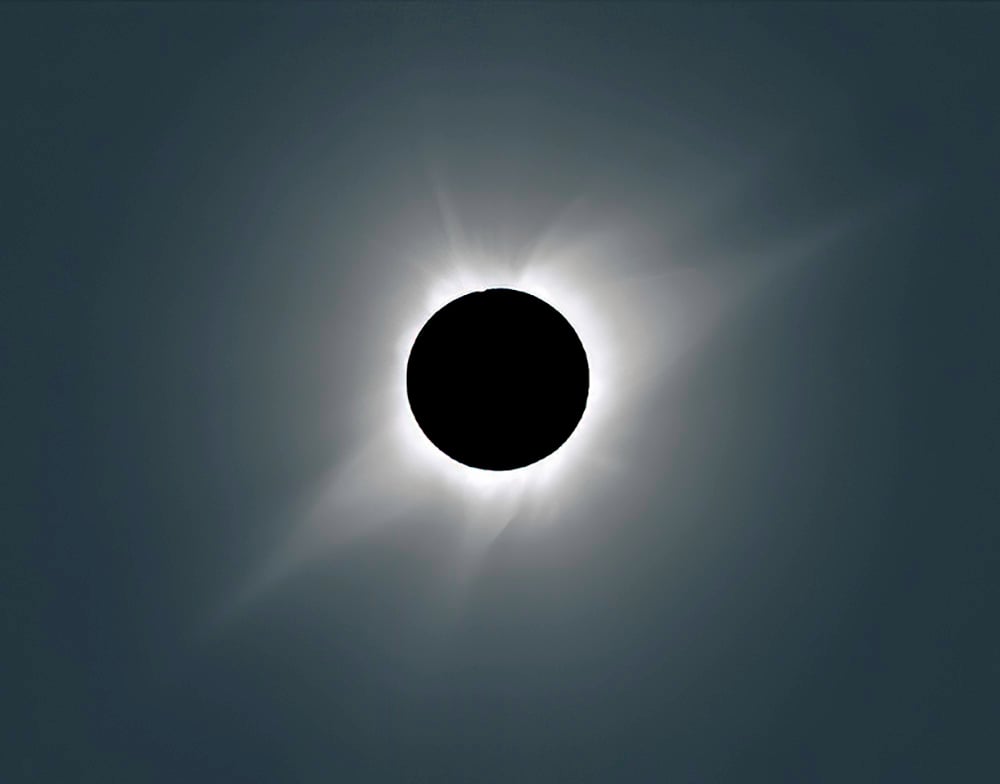

darkroom video, the one that required six matrices and eight
transfers. I’m amazed I have any prints of it still in inventory – I
printed it as rarely as I could! It was monstrously difficult,
especially getting print-to-print consistency. The results were worth
it – I have good reason to think it’s one of the very best darkroom
prints that has ever been made of a total eclipse. (This is one of
those places where digital absolutely has it all over film in ways
that no sane person would ever dispute.)
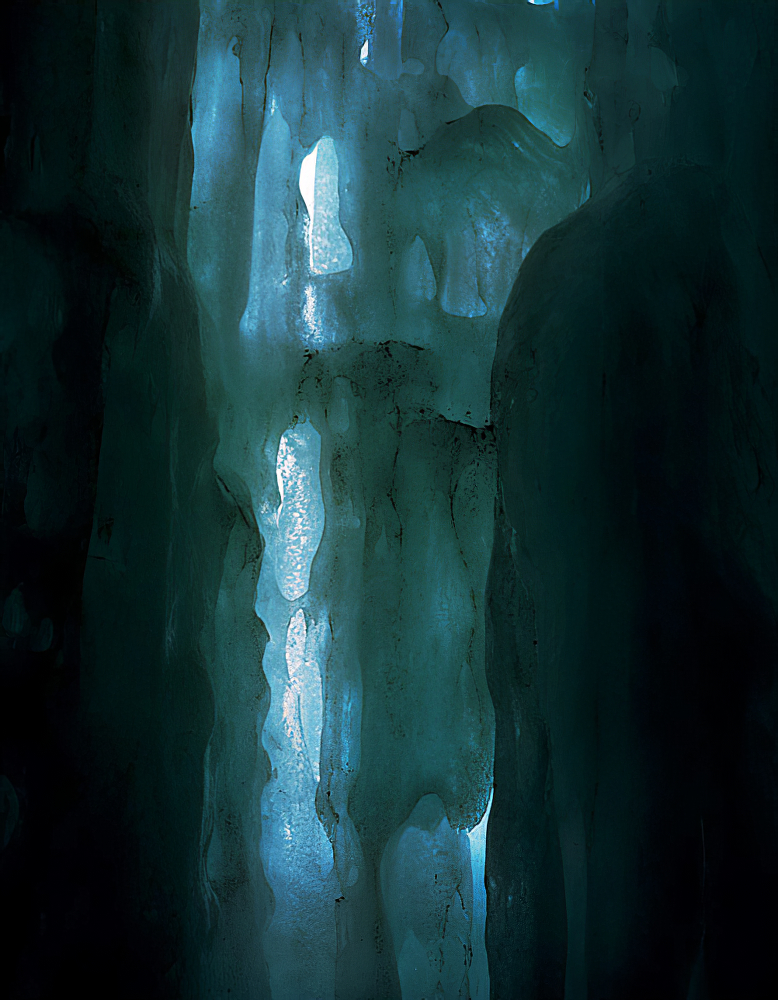

photographed the daylight refracting through the columns of ice.
Lovely rich blues and greens but an awful lot of contrast – the
perfect subject for dye transfer.


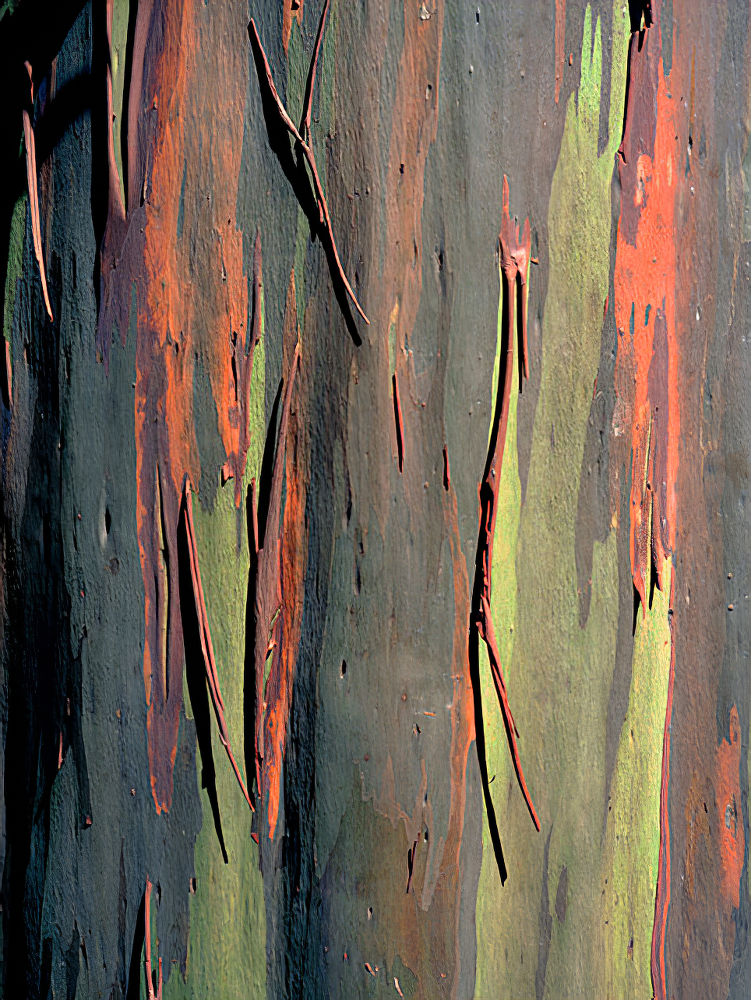

transfer to bring out both the vivid and subtle colors in the peeling
bark.
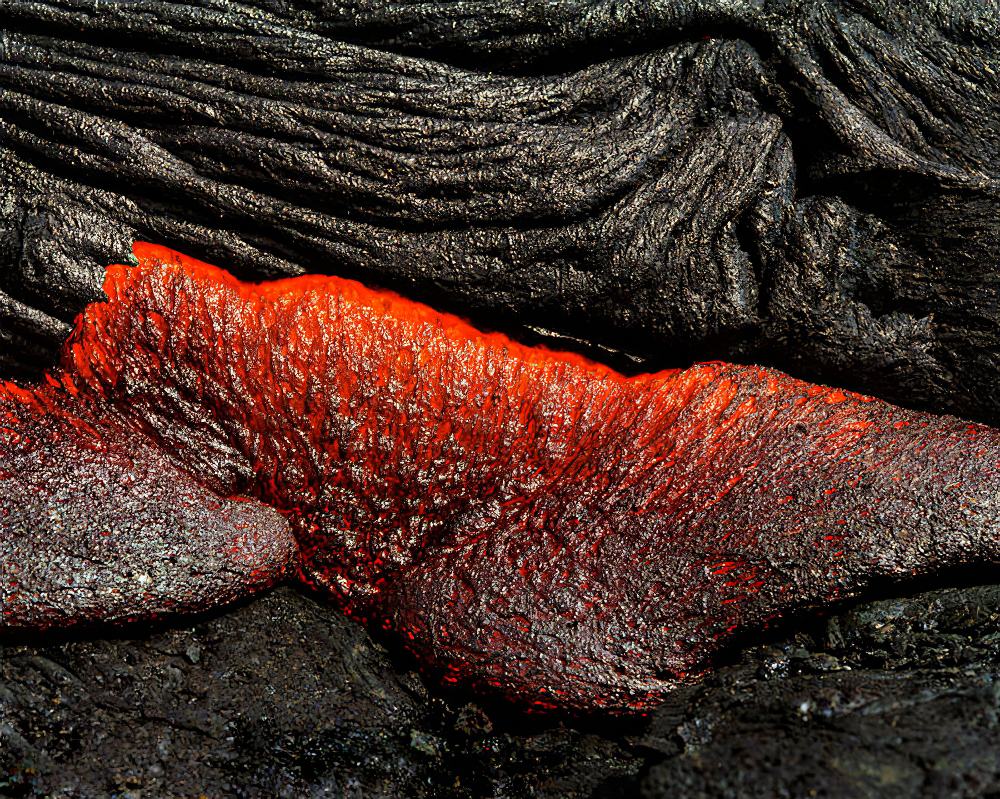

as well in any other medium. Dye transfer’s ability to produce
super-rich blacks let me get so much tonal separation in the frozen
lava that it looks three-dimensional in the print. Even in a
top-notch digital print, I haven’t been able to achieve that effect.
It just doesn’t look as good any way except as a dye transfer.


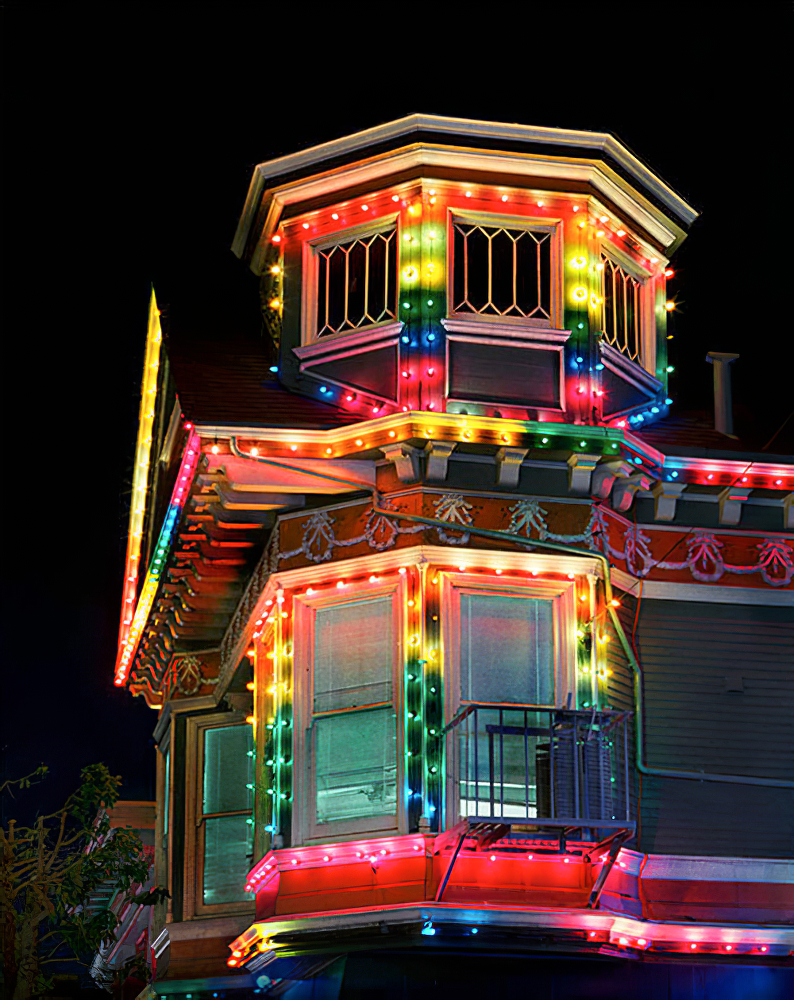

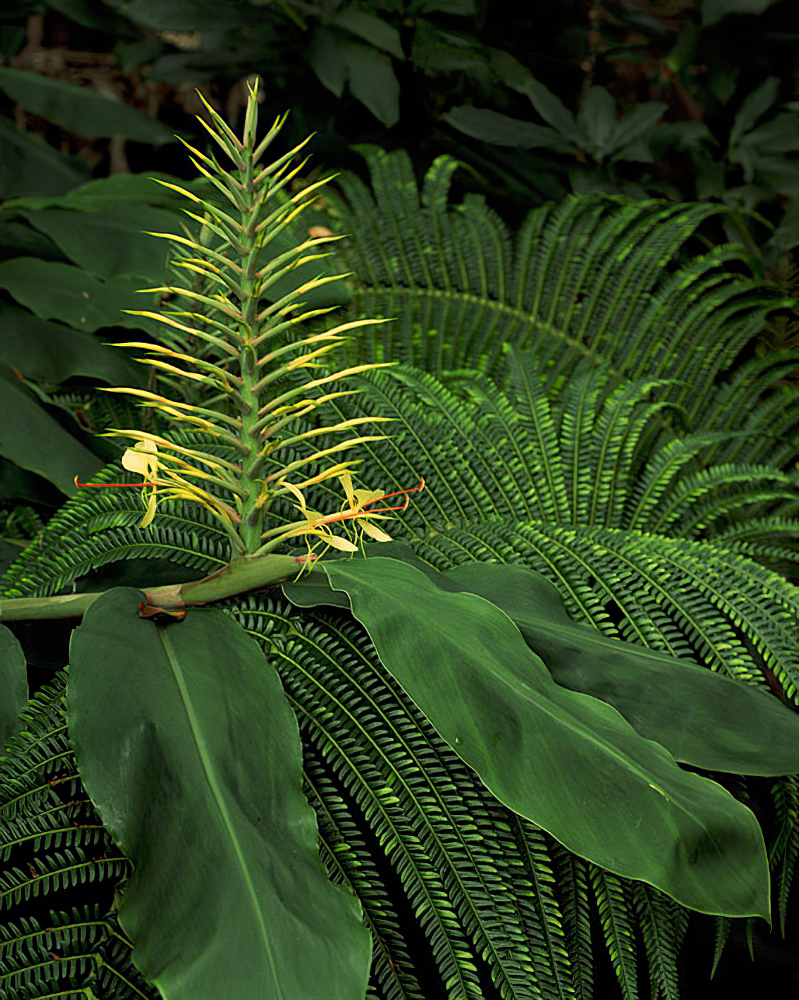

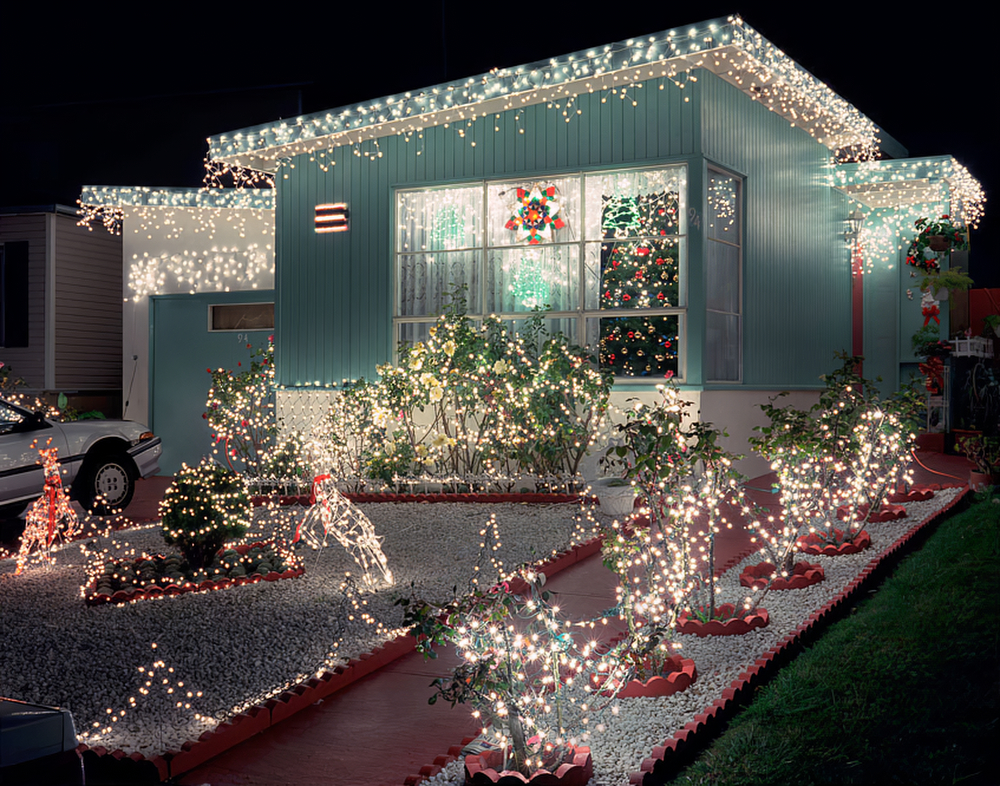

Josh Reichmann
November 2019






